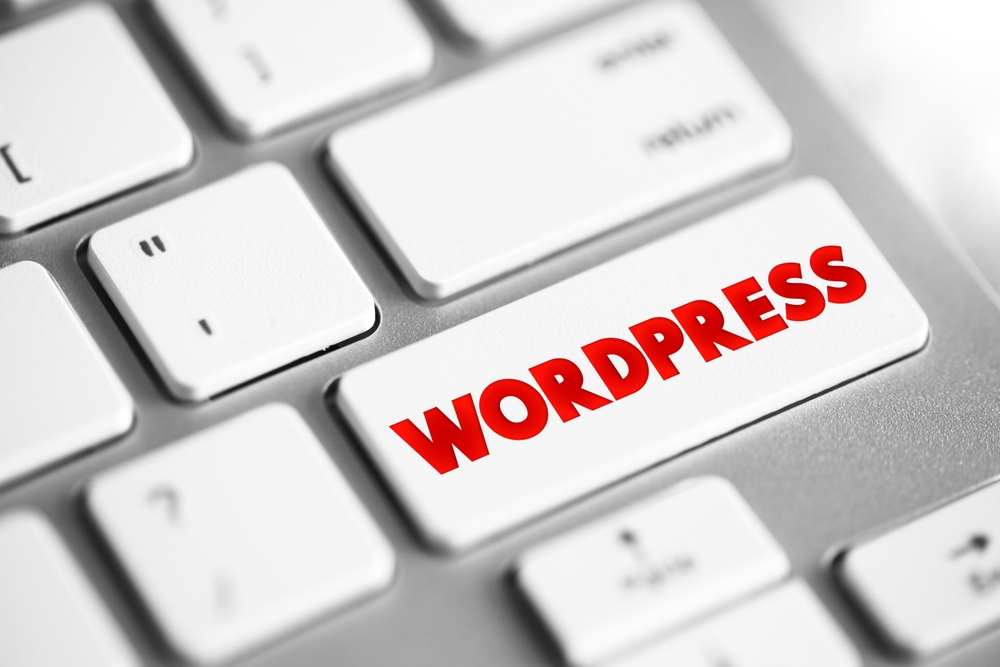
WordPress has become the go-to platform for building websites, whether you're a seasoned web developer or just starting out. Its user-friendly interface and extensive customization options make it a powerful tool for creating unique and professional websites. In this article, we will explore some essential tips for customizing and maintaining your WordPress (the platform for bloggers) website.
1. Choosing the Right Theme:The first step in mastering WordPress customization is selecting the right theme. WordPress (or WP) offers a wide range of free and premium themes that can be easily applied to your website. When choosing a theme, consider factors such as design, responsiveness, and compatibility with plugins. Look for themes that align with your website's purpose and aesthetic.
2. Customizing the Appearance:
Once you've installed a theme, it's time to customize the appearance of your website. WordPress (WP) provides several customization options, including customizing the header, background, and colors. You can also create a custom menu and add widgets to enhance the functionality and design of your website. Experiment with these options to make your website truly unique.
3. Optimizing for Speed:
Website speed is crucial for user experience and search engine rankings. Slow loading pages can lead to high bounce rates and lower conversions. Luckily, WordPress offers various optimization techniques to improve website speed. Consider using a caching plugin, compressing images, and minimizing the use of bulky plugins. Regularly monitoring and optimizing your website's speed can improve its performance significantly.
4. Security Measures:
WordPress (the blogging platform) is a popular platform, which makes it a target for hackers. Therefore, taking steps to secure your website is essential. Start by using strong passwords, limiting login attempts, and keeping your themes and plugins up to date. Consider installing a security plugin that offers features like malware scanning, firewall protection, and login protection. Regularly backing up your website is also crucial in case of any security breaches.
5. Search Engine Optimization:
To ensure your website gets noticed by search engines, it's important to optimize it for better visibility. WordPress offers various SEO plugins that can help you improve your website's ranking. Optimize your content with relevant keywords, create unique meta descriptions, and use SEO-friendly URLs. Regularly publishing high-quality content and building backlinks can also boost your website's SEO.
6. Regular Updates and Backups:
Updating WordPress core, themes, and plugins is crucial for website functionality and security. WordPress regularly releases updates that fix bugs, enhance features, and address security vulnerabilities. Keeping your website up to date ensures optimal performance and reduces the risk of security breaches. Additionally, regular backups are vital in case of data loss or website crashes. Consider using a backup plugin and schedule automatic backups to a secure location.
7. Mobile Responsiveness:
With the increasing use of mobile devices, it's essential to ensure your website is mobile-friendly. WordPress themes are designed to be responsive, meaning they adapt to different screen sizes and resolutions. However, it's important to test your website on various devices to ensure optimal display and user experience. Utilize responsive design elements and check for mobile optimization using tools like Google's Mobile-Friendly Test.
8. Utilizing Analytics:
Understanding how users interact with your website can help you make informed decisions for its improvement. Google Analytics is a powerful tool that provides valuable insights into your website's performance. By tracking metrics such as page views, bounce rates, and conversions, you can identify areas that need optimization. Use this data to make data-driven decisions and continually enhance your website's user experience.
Frequently Asked Questions:
Q1. Can I customize my WordPress website without coding knowledge?A1. Yes, WordPress provides a user-friendly interface and customization options that allow you to create a unique website without coding knowledge. The customization options include themes, widgets, and plugins that can be easily applied and customized through the WordPress dashboard.
Q2. How do I troubleshoot common issues on my WordPress website?
A2. WordPress has a large community of users and developers, making it easy to find help for common issues. You can start by checking the WordPress support forums, browsing online tutorials, or reaching out to WordPress experts for assistance. Additionally, regularly updating your themes and plugins can help prevent compatibility issues and reduce the chances of encountering errors.
Q3. Is it necessary to install security plugins on my WordPress website?
A3. While WordPress itself is secure, installing a security plugin adds an extra layer of protection to your website. Security plugins offer features like firewall protection, malware scanning, and login protection. These plugins help detect and prevent hacking attempts, ensuring the security of your website and data.
Q4. How often should I update my WordPress website?
A4. Regularly updating your WordPress core, themes, and plugins is crucial for security and functionality. WordPress releases updates to address bugs, add new features, and patch security vulnerabilities. It is recommended to update your website as soon as new updates are available, preferably after creating a backup.
Q5. Can I change my WordPress theme without losing my content?
A5. Yes, changing your WordPress theme does not affect your website's content. However, it may affect the layout and appearance of your website. It is always recommended to back up your website before changing themes to avoid any potential issues.
Other useful resources
- https://www.wordpress24plus.com/topics/wordpress-tips-and-tricks/
- https://en.wikipedia.org/wiki/Blog
- https://www.wordpress24plus.com/services/
